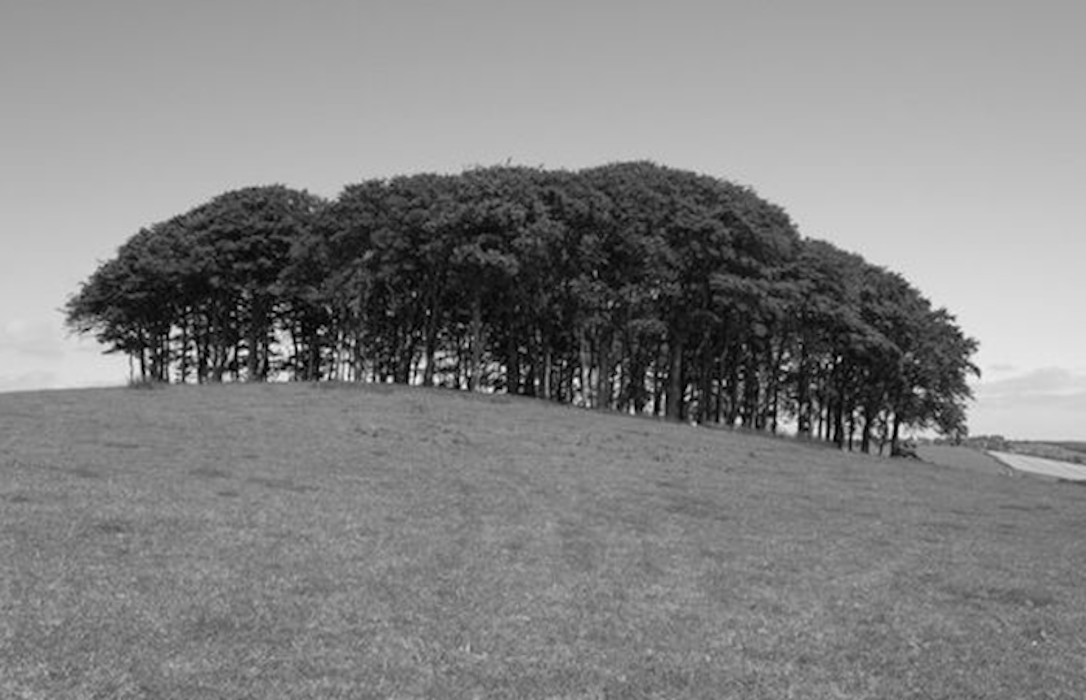


On the A30, near Lifton close to the Devon and Cornwall border is a copse of 140 beech trees. Originally consisting of eleven beech trees, the copse has grown over time to its present size. Known as Cookworthy Knapp, this clump of trees has inspired many stories and names over the years.
Some of the other nicknames for them include: 'Cornwall beyond', 'grandma's trees', 'nearly there' or 'coming home trees', 'the unicorn's wood' and 'fairy wood'.
Historians believe the beech trees were planted at the top of the hill in around 1900. Like their name the exact reasons as to why are subject to various rumours and ideas.
Some of these include:
Perhaps the most realistic and least romantic unfortunately is that trees cover the site of an old quarry which the landowner sought to obscure. It seems that the trees may not be a unique as hoped for. A larger example of this type used to exist on a prominent hill between Lamerton and Tavistock but this was destroyed by the storms in 1987.


The landmarks that mean you're nearly home - BBC News
Harbour To Horizon- Nearly There Trees
The 'nearly home' trees: Lifton's legendary landmark - ITV News
The Mouth- Are we nearly there yet?
The Nearly There Trees - Facebook Group
View them: 360 Cornwall
Find them: What 3 Words: ///squaring.area.boardroom